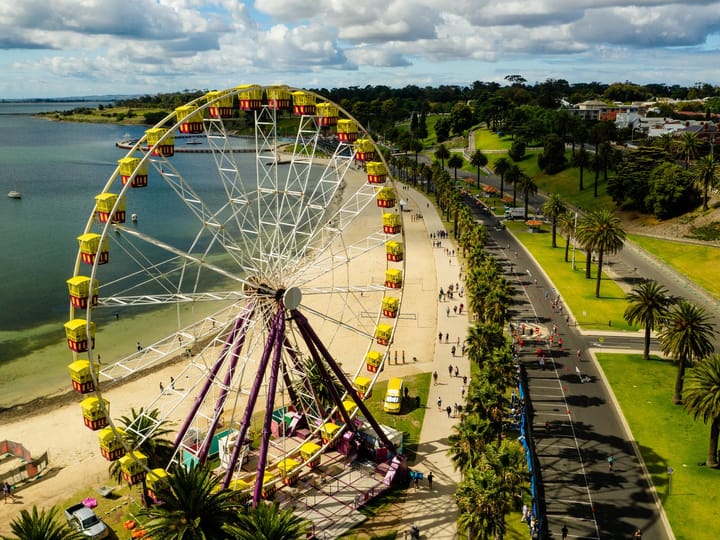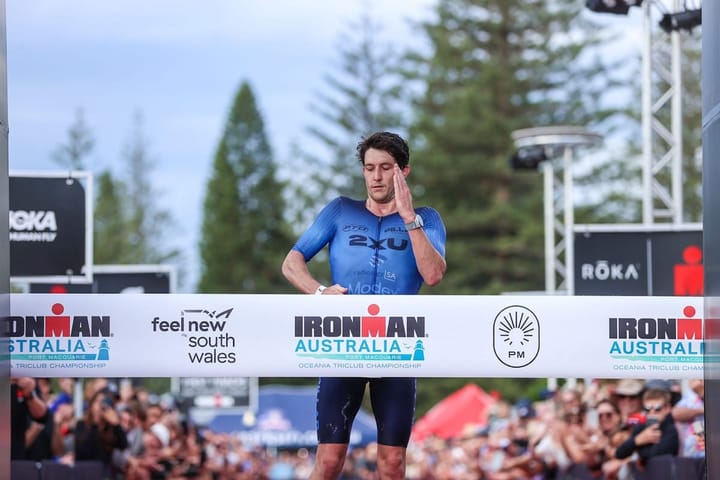Common Cycling Mistakes to Avoid on Race Day
Learn key preparation tips for bike transitions, from gear and shoe checks to maintaining composure, ensuring you stay ahead in the race.

Smooth bike transitions are easier said than done. You’ve just had a great swim and a slick transition. You’ve reached the mount line, where you are finally able to mount your prized time trial bike only to have people sail past you in the first 500 metres. You are frantically trying to get your feet in your cycling shoes when another competitor whizzes straight past. If you’re not prepared pre-race, by this stage you may have unknowingly already committed a handful of costly errors. It all starts with preparation and knowing your ride.
Gear check
When you rack your bike, make sure that the bike is in a gear that is easy enough for you to get up to speed – quickly and with minimal effort. I even make sure that my cranks are perfectly positioned just as I like them. This requires that you be familiar with your bike’s gearing and your ability. In other words, practise some starts in a variety of gears and figure out what works best for you. The gear you select may even vary from course to course. Some bike legs are totally flat whereas others, such as the Portarlington course in the Victorian Gatorade Series, has a steep climb immediately after the mount line.
Shoe check
If you have opted to leave your shoes clipped into your pedals in transition and run barefoot prior to mounting, make sure that you have proper triathlon shoes. These generally only have a fastening system designed to be used on the fly. You will also need to ensure you have left your shoes wide open so as to slip your feet in as easily as possible.
Keep calm and composed
Yes, it is a race, but you don’t need to rush the process. Just as when you are in transition and putting your helmet on, if you rush, you are more likely to fumble. Your first priority is to get your bike moving at a steady speed so that you have good balance. Only then should you try to slip a shoe on. You have probably heard the saying we all get dressed one leg at a time’. That implies in T1, because you can only put one shoe on at a time! Most people will lose a lot of their initial speed when pulling on the first shoe, so keep pedalling. Get your speed back up again before attempting to pull on your second shoe.
This whole process takes quite a bit of coordination. If you don’t practise it outside of a race environment, it’s probably not in your best interests to try it for the first time in race conditions. Depending on the course, you may even want to rethink leaving your shoes clipped in and opt to run with your cycling shoes on.
I opted to do this at the Portarlington Gatorade Series race and it paid off big time! I may have been slightly slower running through transition, but I crossed the mount line, clipped in and got going up the hill. Many athletes, including experienced ones, crashed trying to get their shoes on. Those who didn’t crash couldn’t pull up on their pedals while climbing the hill as they didn’t have their shoes on yet. I was long gone.
Now you are shoed and cycling well, you’re finally catching some of those competitors who passed you at the start line and you’re approaching the first turnaround. As you exit the corner, you are putting in so much effort but again, your competition pulls away from you…
Conquering corners
Always change to an easier gear when approaching the corner. Don’t wait until you are in the corner to start thinking about changing – it’s too late. If you are in any doubt about how many gears to change, you are better off erring on the side of caution. Choose an easier gear that you think you need. The easier the gear, the less exertion it takes to get back up to speed.
Again, practice makes perfect. Triathletes should spend time in training practising all bike-handling skills, not just repeat time trial efforts. Athletes should be comfortable entering a corner, turning and exiting when surrounded by other people. Gear selection should be second nature and not something that requires any thinking during a race. There is only one way to achieve this level of familiarity with your bike and that is time in the saddle and trial and error. Include some bunch rides in your training as well as practising flying starts, cornering and accelerating out of corners.





Comments ()